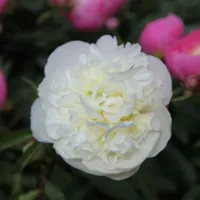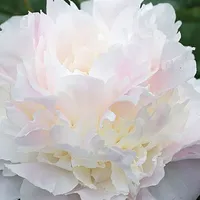How to grow peonies
Easy to grow, peonies will brighten up any garden and make gorgeous cut flowers. Here's what you need to know...

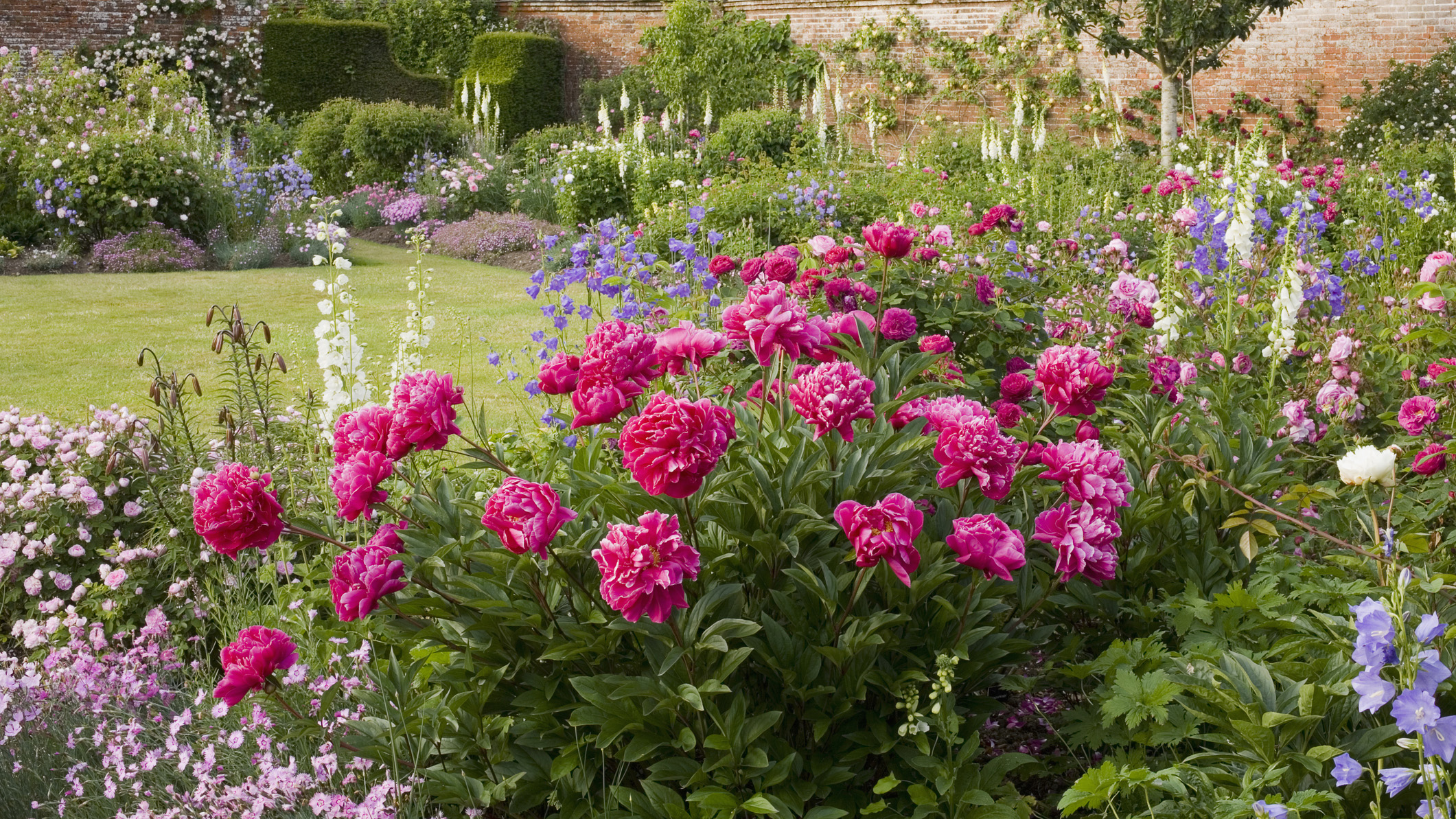
Peonies are real showstoppers, whether they're in full bloom in the garden or indoors in vases. With their voluptuous blooms, handsome foliage, fine fragrance and range of colours, they're a firm favourite with gardeners everywhere.
Don't think that you need to be an experienced gardener to grow peonies, however. Perfect for novice gardeners, they’re hardy, don’t mind a bit of neglect (always good to know!) and can last for years. You do need a bit of patience, as it can take up to three years to produce a really good show of flowers – but, once established, they’ll give long-lasting pleasure.
Want to know the best places to buy plants online? Our buying guide has all the info you need.
When to plant peonies
Autumn and spring are prime planting time for peonies, but it’s never too early to start planning which variety you want for your garden. The plants will grow quickly and will burst into bloom in May and June. Many also have a beautiful fragrance but the scent can vary depending on the variety you choose.
Different types of peonies
Herbaceous
This is the traditional ‘long stem’ plant flowering in May and June and dying back in winter. Traditional herbaceous peonies will often need stakes or supports to keep the large flowers from snapping stems.
Tree peonies
These are more like shrubs than trees, with shorter, woody stems that don’t die back all the way in winter, and which produce an abundance of large flowers in April.
Intersectional
Also known as ‘Itohs’, these are a cross between the herbaceous and tree peonies. Developed in 1940s Japan, they flower in June and July, and can be easier to care for, as they need little or no staking.
How to grow peonies
Herbaceous border peonies thrive in a sunny spot in fertile soil with good drainage, and will appreciate being given extra water during dry seasons. They dislike acid conditions, will grow well on clay but hate waterlogged soil.
Many varieties, particularly ones that produce large double flowers (including the classic ‘Sarah Bernhardt’), have weak stems and need a little support; a wire frame is ideal for the job.
Peonies are happiest planted in groups of three or four in October to March. Mix in plenty of organic matter prior to planting, plus a handful of bone meal or other high phosphate fertiliser. They like moisture-retentive soil best of all. Repeat this feed every autumn, followed by mulch over the roots but never the crown. Keep watering them in dry spells so they don’t dry out.
They prefer open ground, but with care will perform well in pots. Choose a container at least 30cm across, and use a 50:50 John Innes No2 and a soilless compost.
How to care for peonies
October is the best time to divide, buy and plant all herbaceous peonies, including Itoh hybrids. Give Itohs a ‘standalone’ position in good sunlight because the large flowers, up to 20cm across, need space to shine. Make sure the top bud on the root (on all herbaceous peonies) is just below the soil because cold temperatures stimulate flower buds.
Itohs have woody stems. They don’t need staking. Don’t deadhead them – the furry carpels are an attractive feature in winter. Leave the stems intact during winter but once spring arrives, cut back to the lowest shooting buds and feed them with a slow-release, potash-rich fertiliser.
Problems to look out for
Avoid high nitrogen feeds, as these nourish the soft growth prone to peony wilt, a form of botrytis causing browning of leaves, stems and flower buds. Itoh hybrids show good resistance to this fungal problem, but it helps to encourage good air flow around plants, trim old foliage to 15cm in autumn, take it right down in spring, and remove any diseased stems promptly.
If you're experiencing a distinct lack of blooms, a common cause of this can be planting too deeply. The buds emerging from the crown should be just below the soil surface. Remember this when applying a layer of mulch and do not cover the crown of peonies. It could also be that they aren't getting enough light, remember they will flower best in full sun.
Beautiful peonies for your garden
Want to try growing peonies in your garden? Here are some of our favourites.
‘Sarah Bernhardt’ peony
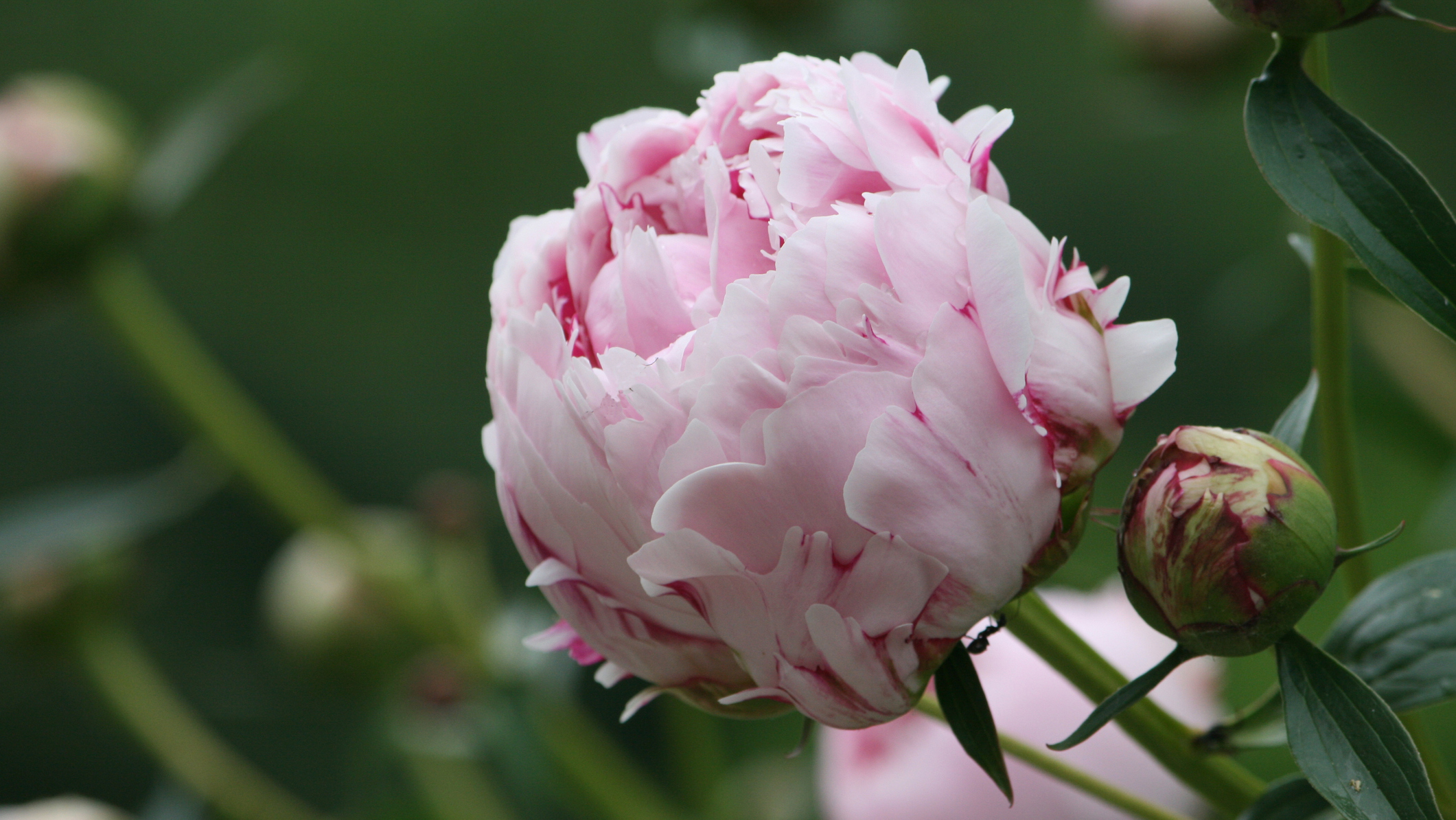
'Sarah Bernhardt' peony at Thompson & Morgan
This is one of the best all-round performers. The flowers come in a romantic rose-pink with slightly ruffled petals with a white edge. Flowers in June and July and likes sun or semi shade. Slightly taller than other peony varieties, this is an ideal choice for the back of perennial borders.
‘Kansas’ peony
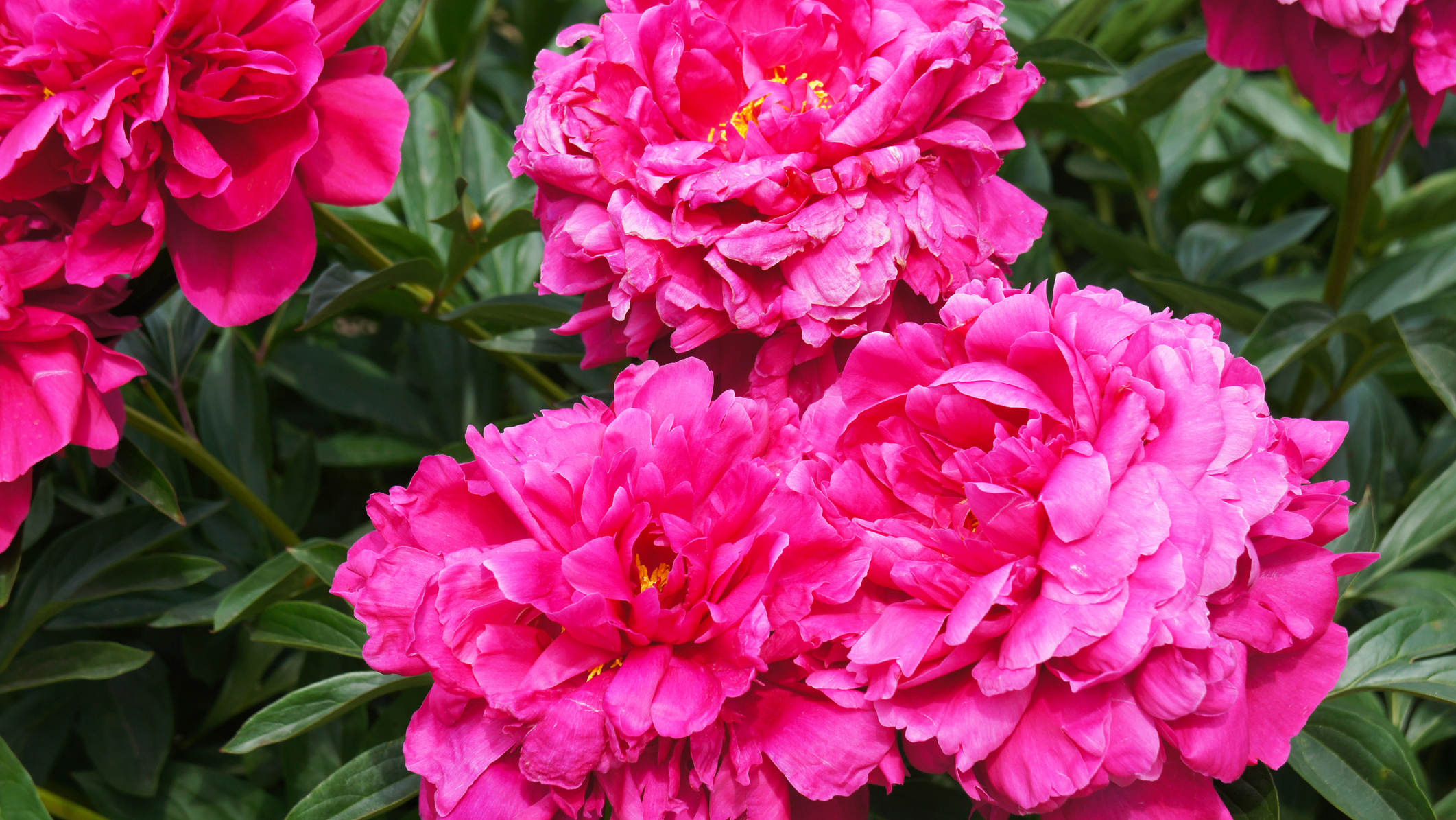
An impressive deep pinky-red bloom which is an excellent choice if you want to bring some scent to your garden. It grows up to 75cm and has strong straight stems.
‘Buckeye Belle’ peony
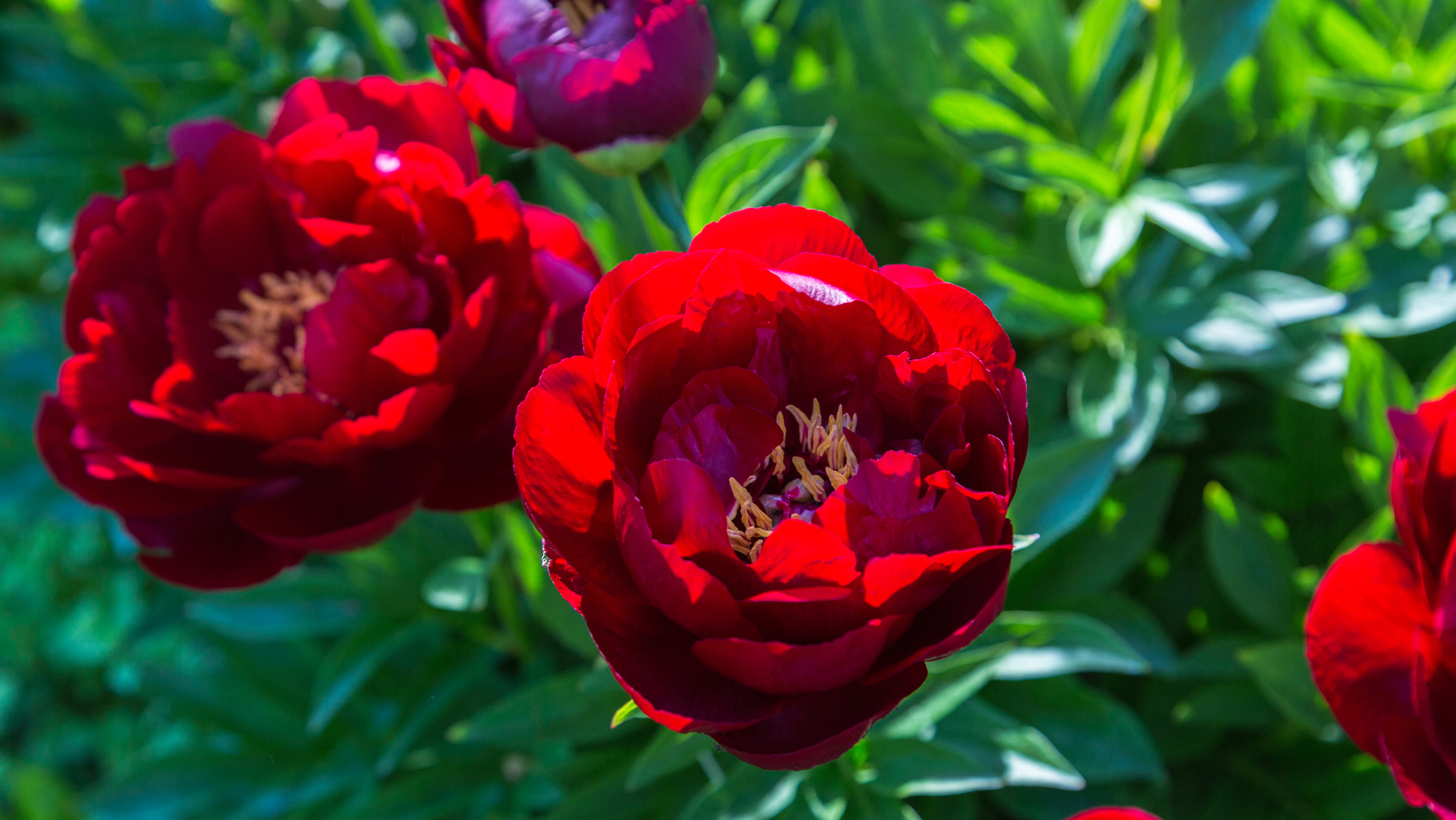
'Buckeye Belle' peony at Crocus
Appearing in May/June, semi-double flowers are deep ruby red with golden stamens, and make a dramatic contrast to the dark green, divided foliage. A statement peony that’s happy in sun or partial shade.
‘Duchesse de Nemours’ peony

‘Duchesse de Nemours’ AGM at Crocus
If you’re looking for a beautiful bloom for cut flower displays few will rival this one. Not only does it have stunning double flower heads that measure up to 20cm across, the deep green foliage provides a lovely backdrop to a bouquet.
Mixed peony collection
Mixed peony collection at Thompson & Morgan
Containing a mix of varieties, this collection includes
'Sarah Bernhardt', 'Karl Rosenfield' and 'Shirley Temple' so you can grow a mix of styles and colours in your garden. Perfect if you want to use them as cut flowers to display in your home.
More plant advice:
- Best bee-friendly plants for your garden
- Our pick of the best cottage garden plants
- Find out everything you need to know about how to grow succulents

Teresa has worked as an Editor on a number of gardening magazines for three years now. So she is lucky enough to see and write about gardening across all sizes, budgets and abilities. She recently moved into her first home and the garden is a real project! Currently she is relishing planning her own design and planting schemes. What she is most passionate about when it comes to gardening are the positive effects it has on our mental health to grow and care for plants, as well as being great for the environment too and help provide food and shelter for wildlife.


